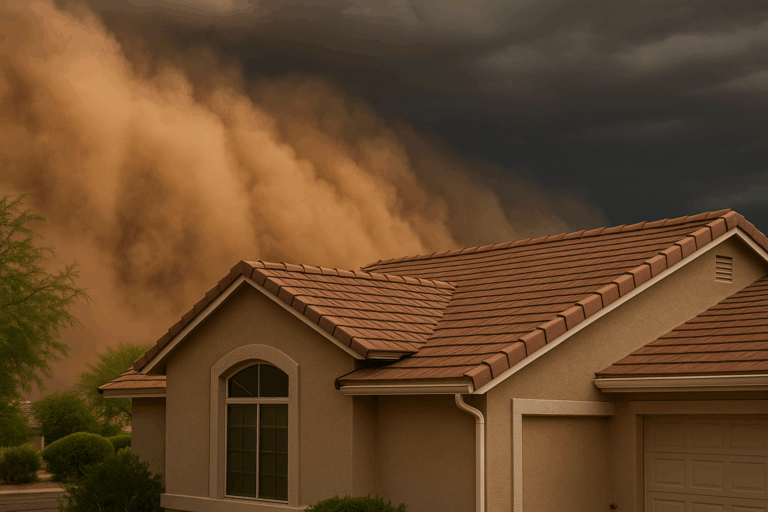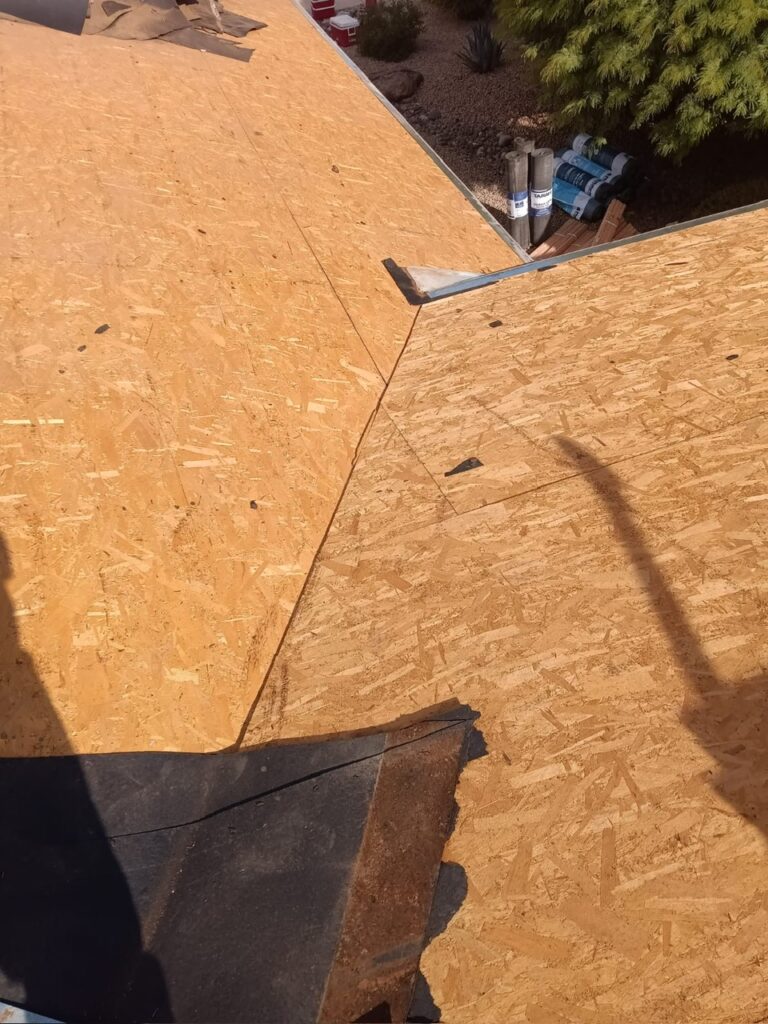
Choosing a skylight roof is exciting. Many local roofing choices exist for every style. A seasoned roofer can guide design and placement. Some homeowners pair upgrades with roof replacement for savings. A skylight roof can transform dim rooms into sunny sanctuaries.

The big appeal: daylight that changes everything
Natural light lifts mood and boosts energy. Rooms feel larger and more welcoming. Plants thrive with better light distribution. Art and finishes appear vivid and true. You may need fewer lamps during daylight hours. That can trim some utility costs.
Venting options improve comfort
Operable units release trapped heat. Summer evenings cool homes faster. Cooking odors escape in minutes. Bathrooms dry out after showers. Humidity drops, which helps finishes last longer. Motorized models add push-button ease. Smart sensors can close units when storms roll in.
Design perks and curb appeal
Thoughtful placement creates dramatic shafts of light. Kitchens sparkle without harsh glare. Hallways gain character and direction. Vaulted ceilings become focal points. From the street, low-profile units keep lines clean. Clear, frosted, or tinted glazing refines the look.
Energy performance in desert heat
Our sun hits hard in Surprise and El Mirage. Choose low-E, double-glazed glass for better control. Argon fills reduce heat transfer. Proper flashing prevents air leakage. Consider interior shades for summer afternoons. Reflective shafts help diffuse intense rays. Done right, light feels soft and usable.
Monsoon season realities
July brings wind, dust, and heavy bursts of rain. Correct curb height matters a lot. Factory flashing must match shingle or tile types. Sealants are a backup, not a fix. Water should always shed downhill. Debris needs seasonal clearing. With discipline, leaks can be avoided.
Noise and privacy considerations
Rain on glass can sound pleasant. But hail can be louder than expected. Choose laminated glass to dampen noise. Frosted glazing protects privacy in bathrooms. Higher placement keeps neighbors from peeking. Interior shades add another privacy layer.
Budget and timing choices
Cutting a new opening adds labor. Finishing the light shaft adds cost. Drywall, paint, and trim are required. Electrical work may be needed for shades. Timing the project with a reroof reduces waste. Crews open and close the deck only once. That helps protect interiors from weather.
Maintenance you should expect
Glass stays cleaner than plastic over time. However, dust storms leave films. Plan gentle washing a few times yearly. Inspect flashing before monsoon season. Replace worn gaskets when they age. Keep trees trimmed to prevent sap and debris. Small tasks prevent big problems later.
Common risks and how to reduce them
Poor placement causes glare and hotspots. Oversized units may over-brighten rooms. Heat gain spikes if glazing is wrong. DIY installs often miss critical steps. Work with a licensed, insured team. Ask for manufacturer-approved flashing kits. Demand photos of each installation stage.
Code, warranty, and HOA notes
Most cities require permits for structural cuts. Manufacturer warranties expect proper install. Roof warranties can be affected by alterations. Keep paperwork for future claims. Many HOAs approve low-profile designs. Submit specs and elevations before ordering. Clear approvals prevent costly delays.
Alternatives worth weighing
Solar tubes channel light through small openings. They reduce roof penetrations and cost. Tinted domes soften desert glare. Larger windows can mirror some benefits. Light shelves bounce daylight deeper inside. Layered interior lighting finishes the plan. Compare options room by room.
When a skylight shines the brightest
North-facing slopes provide stable, cool light. Secondary spaces gain the most value. Think halls, baths, and interior kitchens. High ceilings disperse light beautifully. Homes shaded by deep eaves benefit less. Your layout will guide the final choice.
When to pause or pivot
Attics crowded with trusses complicate framing. Ultra-low roof pitches shed water poorly. Heavy tree cover limits direct sun. Severe glare concerns are hard to solve. In these cases, solar tubes may win. Or invest in smart interior lighting.
What a strong installation looks like
Framing is cut clean and reinforced. Underlayment laps correctly around the curb. Flashing steps with each shingle course. Counter-flashing locks out wind-driven rain. Insulated shafts prevent condensation. Interior finishes are sealed and smooth. Final water testing confirms performance.
Local perspective you can trust
Our desert climate is unique. Monsoon gusts test every seam. Summer UV punishes cheap plastics. Quality glass and precise flashing earn their keep. Thoughtful design keeps rooms bright, not blistering. The right plan feels effortless year-round.
Final take
A skylight can elevate everyday living. Done well, it’s a joy for decades. Done poorly, it’s a persistent headache. Planning, products, and craftsmanship decide the outcome. Start with a clear goal for each room. Then choose the right size, glazing, and placement.
Ready to explore a skylight roof the right way?
Desert Sands Roofing helps West Valley homeowners design with confidence. Our team assesses structure, slope, and sun paths. We coordinate permits and HOA approvals. Installation with manufacturer-approved methods. And we stand behind every detail.







